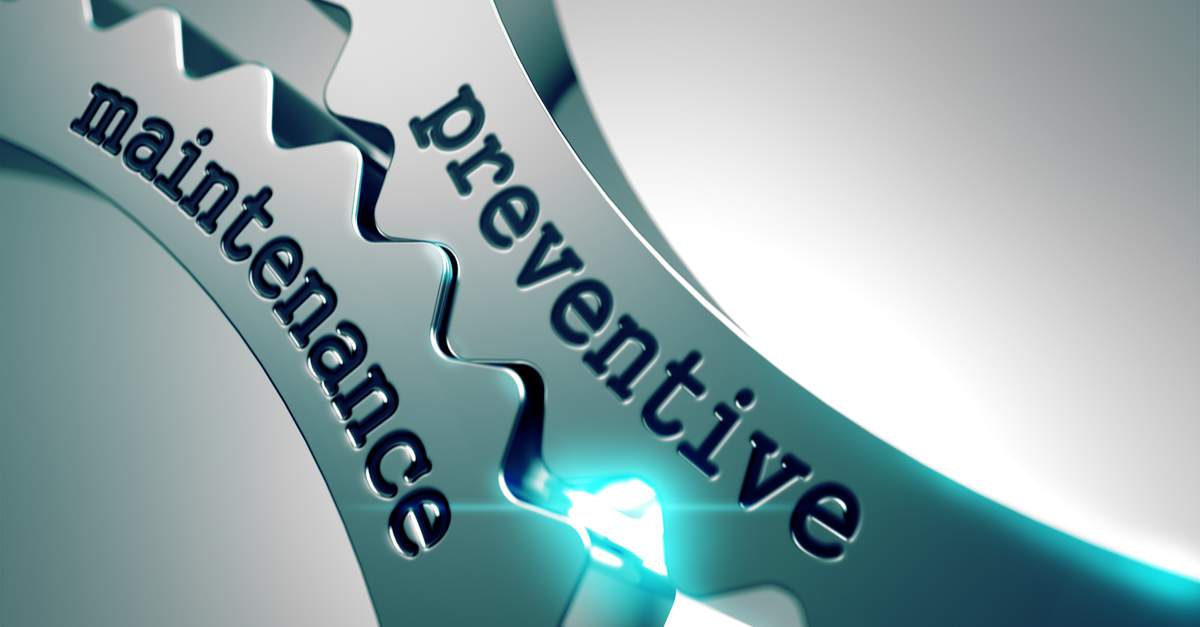
Typically talking, maintenance is the state of keeping something. That item being maintained could be a laptop, a vehicle, or perhaps a yard. The objective of preventive maintenance is to maximize the helpful life of any kind of certain property.
An instance in factor: If you forget to change the oil in your automobile every 5,000 miles, it possibly will not last very long. Damaging down on the side of the freeway isn’t just bothersome, it’s dangerous. It is necessary to do upkeep routinely. Undoubtedly, first-rate firms should not treat their assets like young adults treat their automobiles: Replacing 200 fleet automobiles 5 years earlier than needed wouldn’t simply be inconvenient; it would be expensive, as well as hazardous!
Nevertheless, that doesn’t suggest firms stay clear of making costly blunders. The majority of large companies have an unusual absence of framework relative to asset management, as well as the struggle to take on preventive upkeep programs. Our goal is to aid alter that inertia.
Here’s the official preventative upkeep meaning: Preventive Maintenance or PM is prepared maintenance that prolongs the lifespan of business tools, assets, as well as framework. Also, referred to as preventative maintenance, PM consists of modifications, lubrication, cleaning, repairs, and substitutes.
Translation: Precautionary upkeep suggests fixing tiny issues prior to they become large ones! Organizations can obtain optimal possession worth by slowing down excess devaluation, deterioration, as well as malfunction.
Regardless of the sector, precautionary maintenance has three components:
- It’s performed regularly
- It’s methodical
- It’s focused on lowering or reducing failings
The goal of preventative maintenance is always to lessen failures by fixing as well as spotting them prior to the result in expensive downtime. Downtime is the amount of time a system, device, or tool is inoperable. Consider it as positive upkeep. If you do not do it regularly and in a timely manner, it won’t be preventive in nature, it will be reactive.
Problem monitoring is a vital element of any successful preventative upkeep program. This is what makes PM various other types of maintenance, a lot more on this coming soon. For example, bearings have a certain life, and they need to be replaced after they have operated for a defined number of hours.






+ There are no comments
Add yours